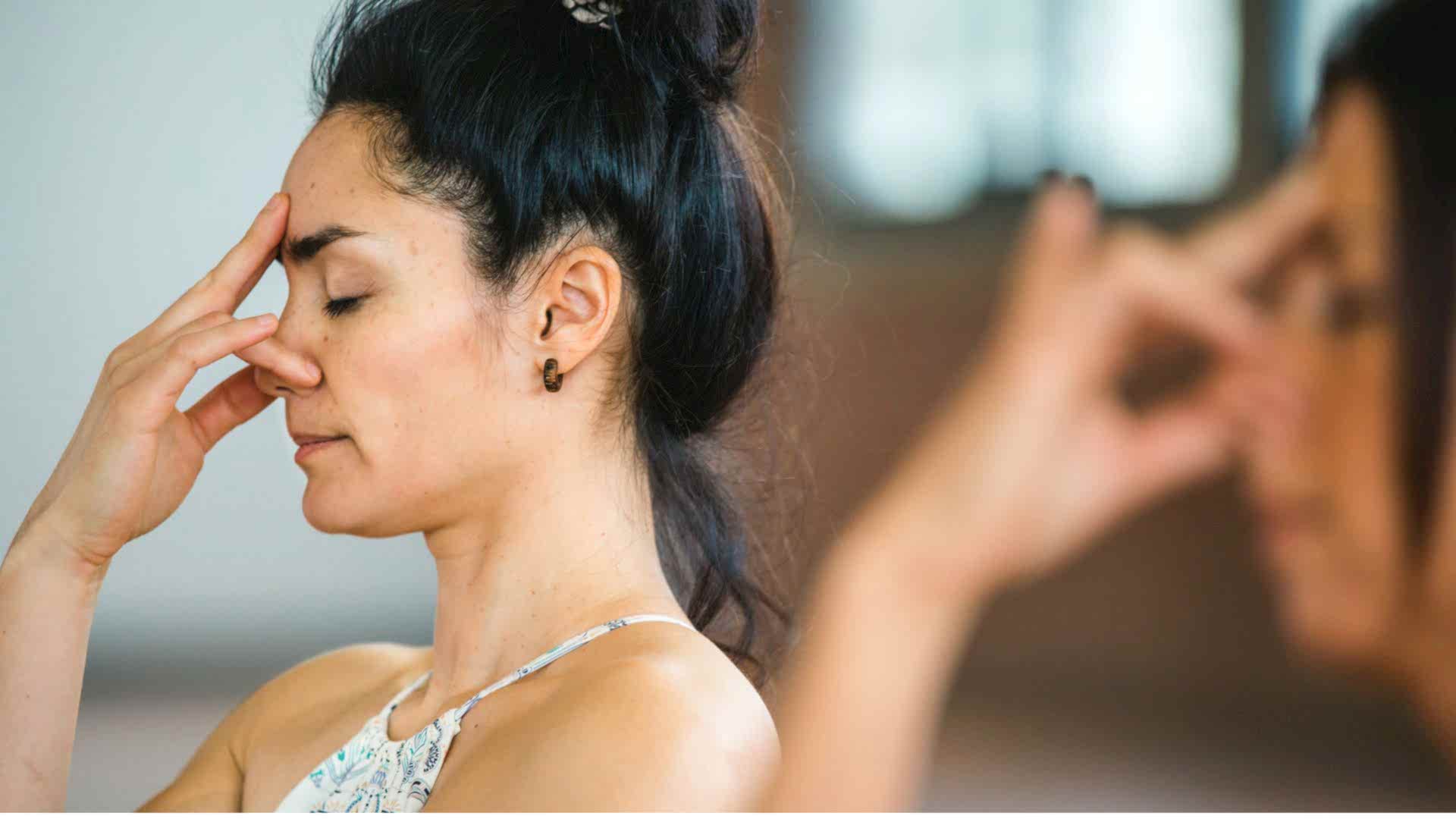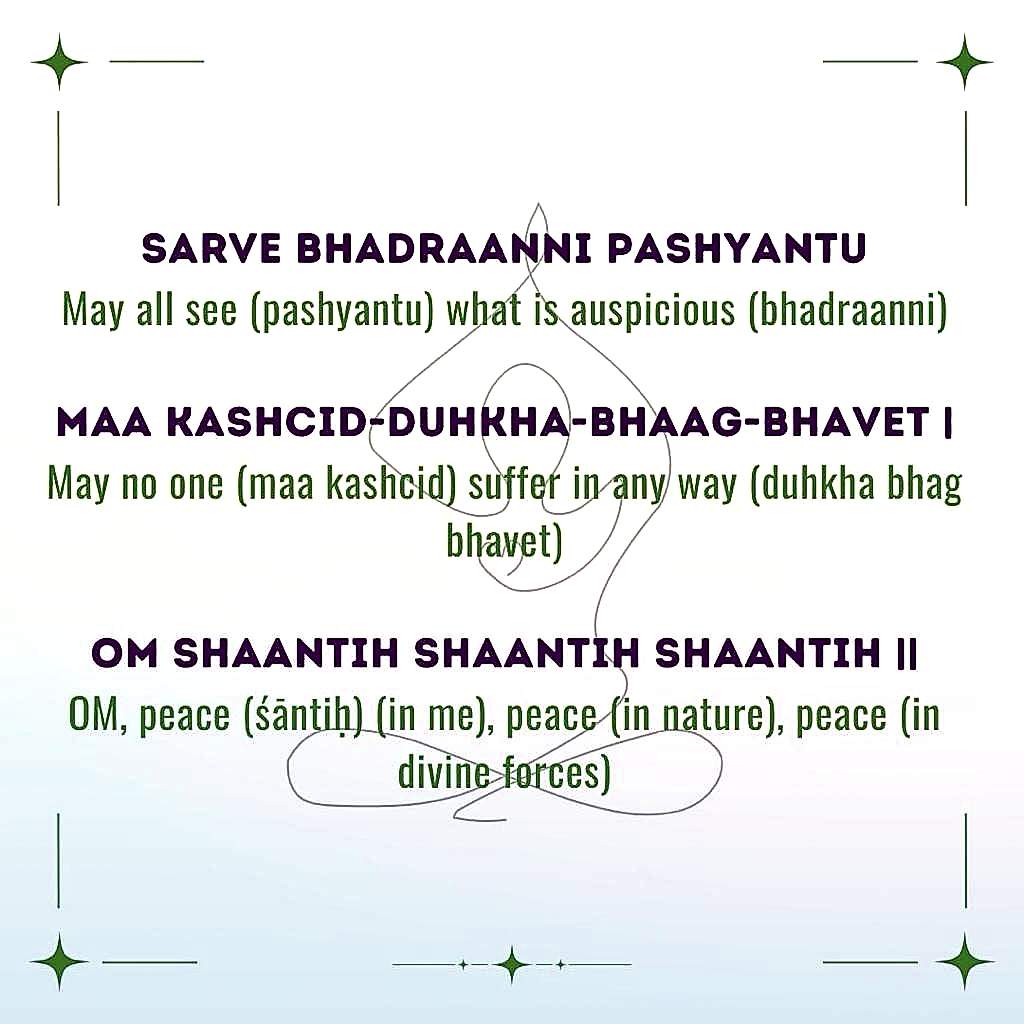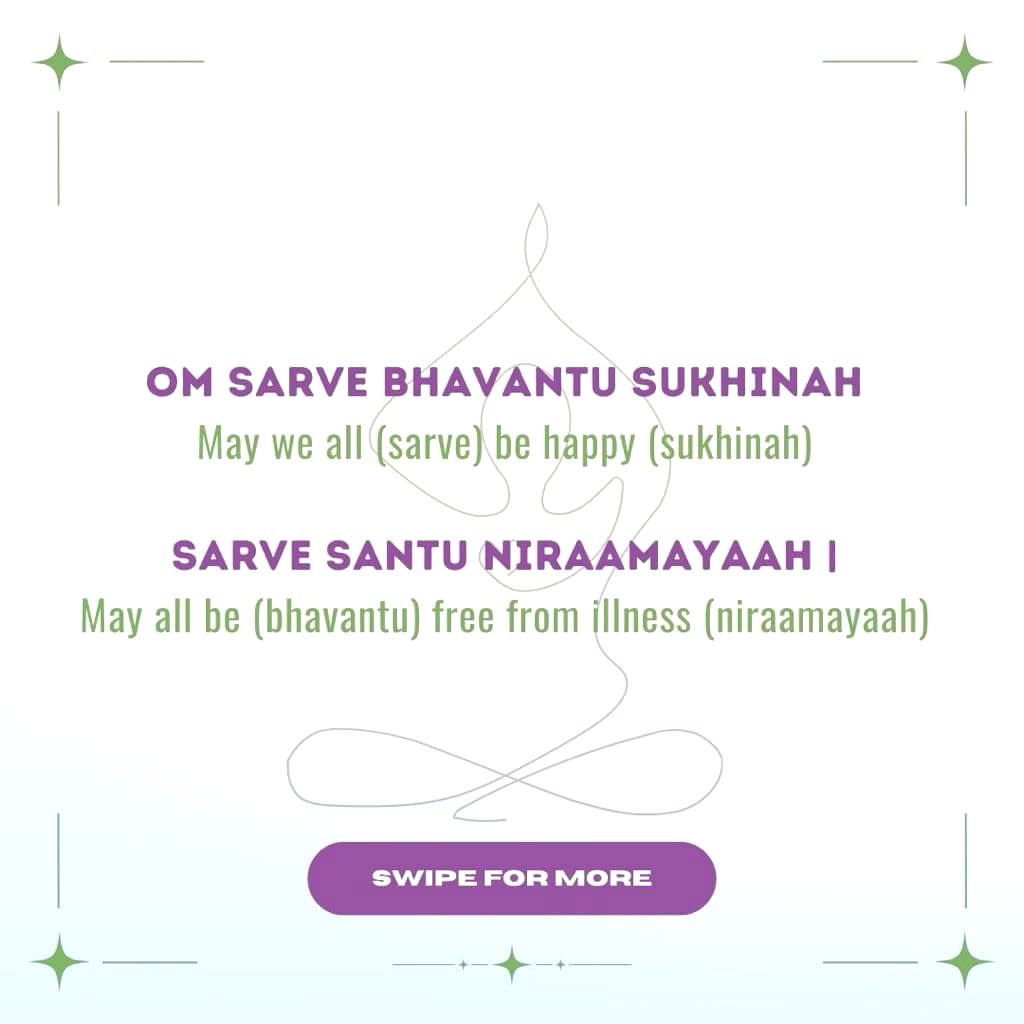Yoga Philosophy and its Application in Daily Life: A journey beyond the mat

Yoga is often perceived as a physical practice, with individuals rolling out their mats to stretch, strengthen, and balance their bodies. However, the ancient philosophy of yoga encompasses a rich tapestry of principles that guide not only our time on the mat but also permeate every aspect of our daily lives. In this exploration, we will delve into the depths of yoga philosophy and unravel its application in our daily lives, inviting a greater sense of balance, mindfulness, and purpose.
To truly understand Yoga philosophy, it's essential to explore the Eight Limbs of Yoga, as outlined by the sage Patanjali in the Yoga Sutras.
These limbs are like a roadmap guiding us toward a more meaningful and purposeful life. 8 limbs of yoga are as follows:
1. Yamas (Restraints):
This comprises Ahimsa (Non-violence), Satya (Truthfulness), Asteya (Non-stealing), Brahmacharya (Moderation) and Aparigraha (Non-attachment).
Yamas help in cultivating compassion in your interactions, be truthful in your words, practice moderation in all aspects of life, and let go of attachment to outcomes.
2. Niyamas (Observances):
This limb refers to Saucha (Purity), Santosha (Contentment), Tapas (Discipline), Svadhyaya (Self-study) and IIshvara Pranidhana (Surrender to a higher power).
Application of Niyamas includes, maintaining cleanliness in your surroundings, finding contentment in the present moment, cultivating discipline in your daily practices, engaging in self-reflection, and surrendering to the flow of life.
3. Asanas (Postures):
Beyond the physical benefits, view asanas as a means to find balance and comfort in your body, preparing it for meditation.
4. Pranayama (Breath Control):
Exploring the connection between breath and mind, using pranayama to calm the nervous system and increase mindfulness.
5. Pratyahara (Withdrawal of Senses):
Learning to turn inward, disconnecting from external stimuli, fostering introspection and self-awareness.
6. Dharana (Concentration):
Cultivating focus and concentration through meditation, enhancing mental clarity and resilience.
7. Dhyana (Meditation):
Embracing meditation as a tool for self-discovery, inner peace, and a deeper connection with the present moment.
8. Samadhi (Union):
Experiencing the ultimate goal of yoga – a state of blissful union with the divine and a profound connection with all of existence.
Transcending the Mat: Practical Applications -

1. Mindful Living:
- On the Mat: In yoga practice, mindfulness is cultivated through focused attention on the breath and movements.
- Off the Mat: Apply mindfulness to daily activities such as eating, walking, and working. Cultivate awareness in each moment, fostering a deeper connection with the present.
2.Embracing Ahimsa (Non-Harming):
- On the Mat: Avoiding self-judgment and competition with others is an embodiment of Ahimsa.
- Off the Mat: Extend compassion and kindness to yourself and others. Practice patience, understanding, and forgiveness in the face of challenges.
3. Santosha (Contentment):
- On the Mat: Finding satisfaction in each pose, regardless of perceived limitations.
- Off the Mat: Cultivate contentment by appreciating the present moment, acknowledging achievements, and embracing gratitude for the simple joys of life.
4. Seva (Selfless Service):
- On the Mat: Encouraging a sense of community and support within the yoga class.
- Off the Mat: Engage in acts of kindness and service to others. Contribute positively to your community and the world at large.


Yoga philosophy offers a profound roadmap for navigating the complexities of life. By incorporating these principles into our daily existence, we open ourselves to a transformative journey of self-discovery, mindfulness, and holistic well-being. Beyond the mat, yoga becomes a way of life—one that invites us to find harmony within ourselves and the world around us. As yoga students, let us embrace the transformative power of these ancient teachings and carry the essence of yoga into every facet of our daily existence. In doing so, we unlock the potential for true holistic well-being and a harmonious connection with the world around us.